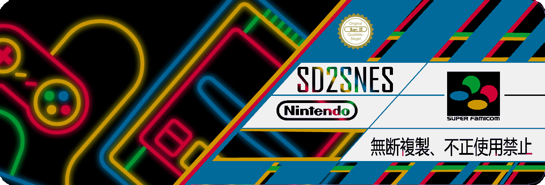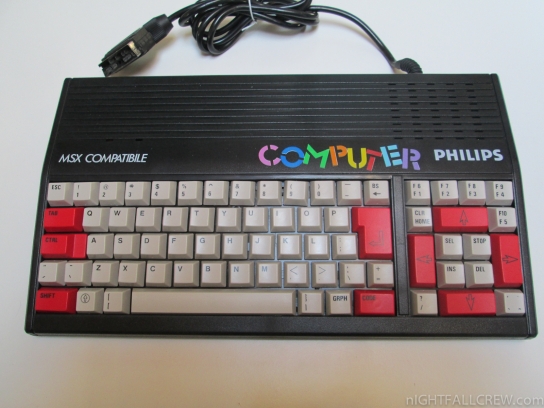MCUmall GQ-4X Universal USB Programmer + Adapters
Adapters that you see in the photo:
- GQ-4X GQ-3X | WILLEM 3in1 PLCC32 to DIP32.
- GQ-4X GQ-3X | JTAG & SPI in circuit programming adapter | ICSP/ISP MODE ADP-056
- GQ-4X GQ-3X | WILLEM ADAPTER MCS-51 / AVR + PLCC44
My personal considerations:
This is a great programmer and certainly more stable of the classic Willem (parallel or usb). I have tried to program some EPROM and FLASH without problems. The power supply via USB is very stable and accurate.
from the homepage of MCUmall:
The GQ-4X is the newest model of True USB Willem Universal Programmer series from MCUmall Electronics Inc Canada.
With its complete new professional design, True USB PRO 40pin willem programmer GQ-4X is the first & exclusive Willem universal programmer in the market that owns the unique features:
- Neat robust enclosure; 40pin ZIF socket, fully automatic; JTAG support; Fast mode SPI support.
- Support O/S XP 32bit, XP 64bit, Vista 32bit,Vista 64bit, Windows7 32bit/64bit.
- Real True USB interface for both data transfer and power supply.
- High speed/fastest; most-user-friendly; simplest-to-use.
- Software update regularly; free life-time software upgrade/download.
- Multi-languages support capability: Chinese, Czeh, English, French, German, Spanish, Portugues, Italian.
The application-oriented & application-enhanced design facilitates GQ-4X supports thousands of most popular application devices (growing) and ideally suits the portable/convenient applications that includes: car automative field ECU chiptuning, airbag reset, mileage, satilite devices, BIOS refreshing, motherboard BIOS in-circuit upgrade, xBox,Wii gaming machines EPROM duplicate, Altera Xilinx JTAG, PIC/MCU development, newer laptop technology and newer desktop PC etc.
It has outstanding performance which supoprts the devices that other similar products are not capable of supporting: such as 25LF SPI series, PSOP44,TSOP48, 25VF SPI series, Altera Xilinx CPLD JTAG, PLCC84,SST39VF3201, TE28F102, 27C1024, 27C1028,HD6475,29F800, 29LV800, 29F032…
source: mcumall.com
































 ASAP is a player of
ASAP is a player of 


 FAIL is a viewer of pictures in native formats of Atari 8-bit, Atari ST, Atari Falcon and Atari Portfolio computers.
FAIL is a viewer of pictures in native formats of Atari 8-bit, Atari ST, Atari Falcon and Atari Portfolio computers.
 The aim of the A8CAS project is to create software to read, save and archive tapes for Atari 8-bit computers.
The aim of the A8CAS project is to create software to read, save and archive tapes for Atari 8-bit computers.


Recent Comments